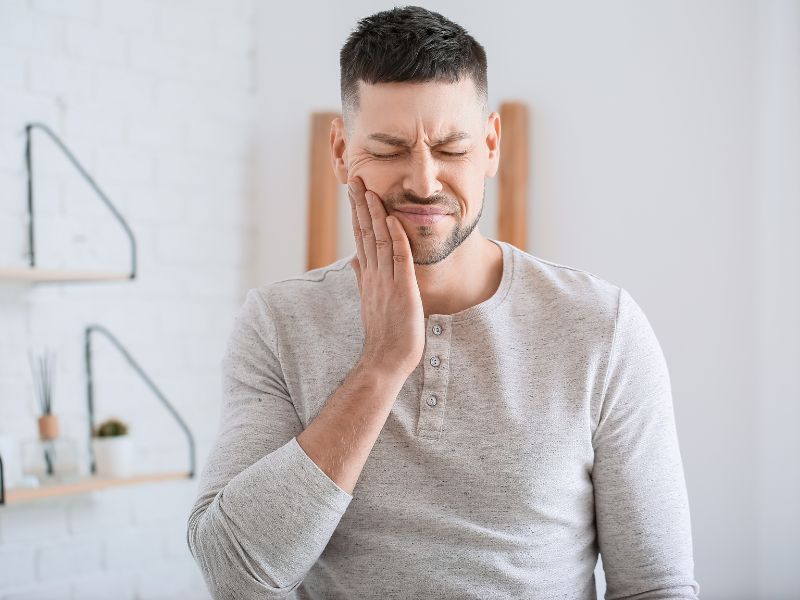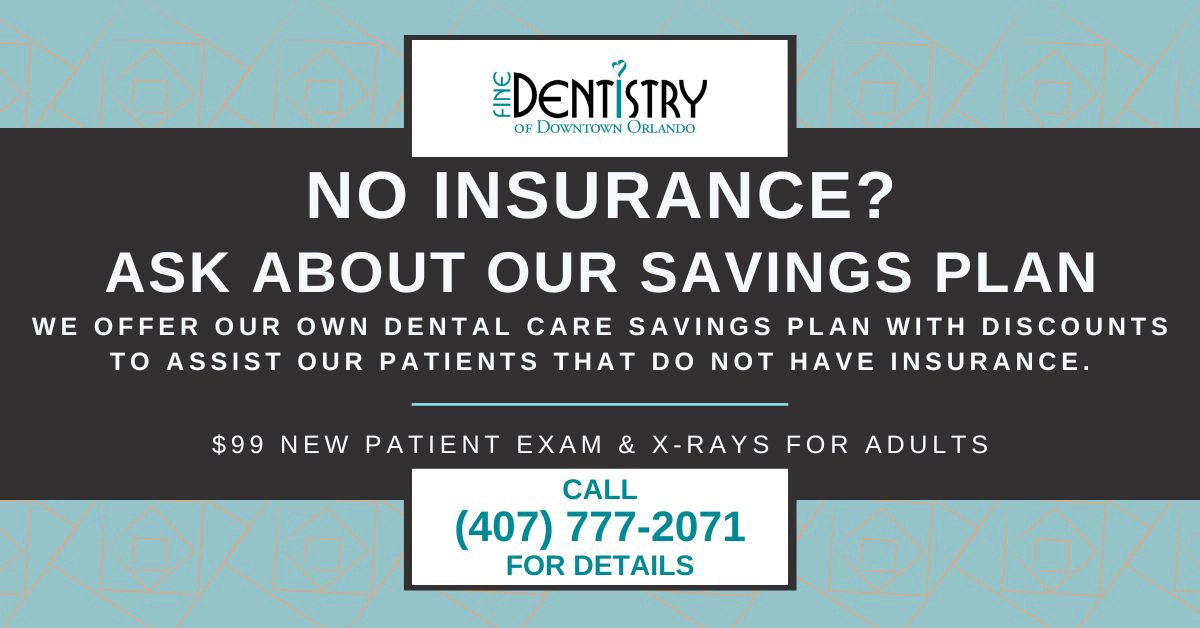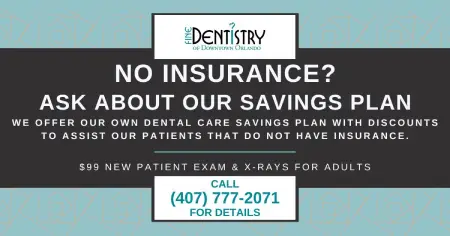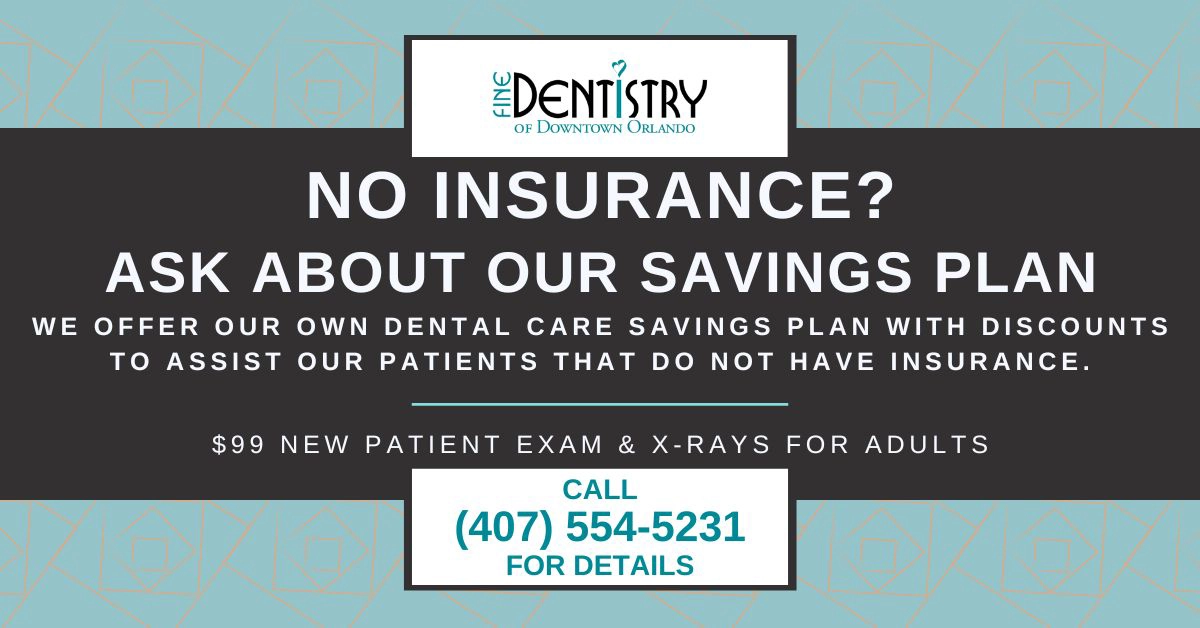Fine Dentistry: Your Trusted Emergency Dentist in Downtown Orlando

Your Trusted Emergency Dentist in Downtown Orlando
Dental emergencies happen a lot of the time without warning. You should see a doctor right away if you have a sharp pain under a molar, a crown that breaks while you eat, or an injury from something you did over the weekend. This will stop the pain and keep it from getting worse. In these situations, a trained doctor must act right away. Emergency dentistry isn't just about making a patient feel better; it's also about keeping their mouth healthy and working well for a long time.
Many people believe they can wait until their dental pain gets worse. But a small problem, like a chipped tooth, some swelling, or some sensitivity, can get worse very quickly. If you don't take care of your teeth properly, you could get an infection, an abscess, or even lose a tooth. In this case, emergency dentistry is very important to keep the mouth's structure safe and stop problems that can't be fixed.
Finding Out What Caused The Problem
There are a lot of things that can lead to dental emergencies, but most of them are caused by injuries, bacterial infections, or problems with dental work that is already there. For example, if you don't treat dental caries, it can go through the enamel and dentin and into the pulp chamber, which can cause acute inflammation or necrosis. At this point, the body swells, forms abscesses, and often hurts a lot, all of which mean that endodontic treatment is needed.
Injuries from trauma can be just as bad for your health. A sudden blow to the jaw or teeth, like in sports, falls, or accidents, can break teeth, move them out of place, or pull them out of the socket. It's much less likely that the hurt tooth will be saved if these injuries aren't treated right away. Crowns and big fillings are examples of dental restorations that can suddenly come loose or break, which lets bacteria and other damage get inside the tooth.
In every case, it's very important to get a quick diagnosis and start treatment right away. Even a few days' delay can change the prognosis, making a situation that could be handled into one that needs more invasive procedures or complicated rehabilitation.
Clinical Solutions That Restore and Keep Safe
After looking at a dental emergency, the clinician's two main goals are to ease the pain and keep the natural teeth as healthy as possible. It's important to know how bad the structural damage is and what the diagnosis is in order to treat someone the right way.
- Endodontic therapy, or a root canal, is a common way to treat teeth that have an infection in the pulp.
- If a tooth is badly broken or damaged, it may need to be pulled to protect other structures and stop the infection from spreading.
- If the fracture hasn't reached the pulp yet, bonded ceramic or composite restorations might be the best choice.
- If you knock out a tooth, the best thing to do is put it back in right away, within 30 to 60 minutes.
- Same-day restorations using digital scanning and in-office milling can speed up treatment and improve outcomes.
Why Acting Quickly Is Important
Taking care of dental emergencies right away has more benefits than just getting rid of the pain. The most important thing is to keep the teeth in their natural shape. The more teeth that can be saved, especially the root, the better the long-term outlook for preserving bone, keeping the bite stable, and making things look better.
Getting help early also lowers the chances of getting an oral infection. You need to get rid of an abscessed tooth or the bacteria can get into your blood. This is very bad for people who have health problems or a weak immune system. The clinical literature clearly shows that taking care of oral infections is very important for both dental and general health.
From a functional point of view, quickly and accurately restoring the teeth helps with chewing, speaking, and occlusion. This means that patients can go back to their normal lives without worrying about pain or instability.
Deciding Who to Vote For and Knowing The Rules
There are a lot of tools and methods for emergency dentistry these days, but not every problem can be fixed right away. Some systemic conditions, like uncontrolled diabetes or chemotherapy that is still going on, may make invasive procedures unsafe until a doctor says it's okay. If you have active periodontal disease, some restorative methods may not work as well until the inflammation is under control.
Also, keep in mind that not all emergency cases can get restorations on the same day, even though this is becoming more common. Laboratory-based fabrication may still be helpful for complicated multi-unit prosthetics, cases that need a lot of planning for occlusion, or restorations that need a lot of planning for occlusion. In these cases, a temporary fix is made to keep things stable until a permanent fix can be found.
What to Do After the Emergency Is Over
- Emergency care is the first step in taking care of a patient. Once the acute phase is over, the goal should be to keep things going and stop them from happening again.
- Regular follow-up exams, X-rays, and maintenance checks are important after emergency treatment.
- Using toothpaste with stannous fluoride, flossing, and antibacterial mouthwash can prevent plaque and gum swelling.
- Custom mouthguards are helpful for sports-related injuries or bruxism.
To Sum Up
Dental emergencies are never fun, but they don't have to be the worst thing that ever happened. Most problems can be fixed, pain can be relieved, and teeth can be saved if you get professional help right away. Thanks to better diagnostic imaging, biomaterials, and restorative workflows, you can now get great results even when things go wrong. Access is the most important thing. You not only need to be good at your job, but your practice also needs to be ready to help in case of a dental emergency.
If you have a dental emergency and need help right away, call (407) 777-2071.



